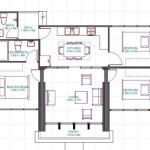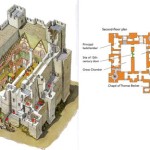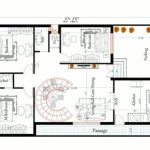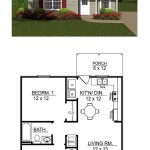Essential Aspects of Planning House Construction
Planning a house construction project is a crucial and exciting undertaking that requires careful consideration and meticulous execution. To ensure a successful and seamless process, it is essential to address several key aspects that will lay the foundation for your dream home.
1. Define Your Needs and Budget
Start by clearly defining your needs and preferences for your new home. Consider the number of bedrooms, bathrooms, and living spaces required. Determine your desired architectural style, amenities, and any specific features you envision. Additionally, set a realistic budget and explore financing options to ensure financial feasibility.
2. Choose the Right Location
The location of your home is a critical decision. Consider factors such as proximity to amenities, schools, transportation, and recreational areas. Research the neighborhood, zoning laws, and any potential environmental or geological hazards. Seek professional guidance from a real estate agent or land surveyor if necessary.
3. Hire a Qualified Architect and Contractor
Select a licensed and experienced architect to design your home and create construction plans. The architect will work closely with you to translate your needs and preferences into a functional and aesthetically pleasing design. Partner with a reputable contractor who has a proven track record and a deep understanding of construction techniques and materials.
4. Secure Building Permits and Approvals
Before construction can commence, you must secure building permits and approvals from the local authorities. This process typically involves submitting construction plans for review and approval. Ensure that your architect and contractor are familiar with the local building codes and regulations to avoid any delays or setbacks.
5. Manage Construction Materials and Labor
The construction process requires coordination and management of a wide range of materials and labor. Establish a clear schedule for material deliveries and ensure proper storage and handling. Hire skilled and experienced tradespeople for each aspect of construction, from framing to finishing. Regular site inspections are crucial to monitor progress and ensure quality.
6. Consider Environmental and Energy Efficiency
Incorporate energy-efficient features and sustainable practices into your home design. Choose energy-efficient appliances, insulation systems, and building materials. Consider using renewable energy sources such as solar panels or geothermal heating. By prioritizing environmental consciousness, you can reduce your carbon footprint and save on utility costs.
7. Plan for Landscape and Outdoor Spaces
Don't neglect the importance of landscaping and outdoor living areas. Plan for a harmonious integration between your home and its surroundings. Design a landscaping plan that complements the architecture and provides functional outdoor spaces for relaxation, entertainment, or gardening.
8. Set Realistic Timelines and Milestones
Establish realistic timelines and milestones throughout the construction process. This will help you stay on track, manage expectations, and anticipate any potential delays. Regularly review progress, adjust timelines if necessary, and communicate effectively with all parties involved.
9. Seek Professional Inspections and Consultations
Throughout the construction process, it is advisable to seek professional inspections and consultations from engineers, architects, and other specialists. These experts can provide valuable insights, address any potential issues, and ensure that your home meets industry standards and code requirements.
10. Enjoy the Process and Celebrate Your New Home
Building a home should be an enjoyable and memorable experience. Remember to embrace the process, appreciate the milestones, and celebrate the completion of your dream home. Once construction is complete, take time to organize and settle into your new space. By attending to these essential aspects, you can embark on a successful and rewarding house construction journey that will provide you with a beautiful and functional home for years to come.

House Plans How To Design Your Home Plan

New Home Construction 1 Of 8 Udemy

House Plans How To Design Your Home Plan

You Ve Decided To Build A House Now What The Designers

House Plans Home Residential

Diffe Types Of Building Plans The Constructor

House Plans How To Design Your Home Plan

Modern House Plans By Gregory La Vardera Architect 3030 Construction Begins

Where You Can Buy House Plans Live Home 3d

Diffe Types Of Building Plans The Constructor








